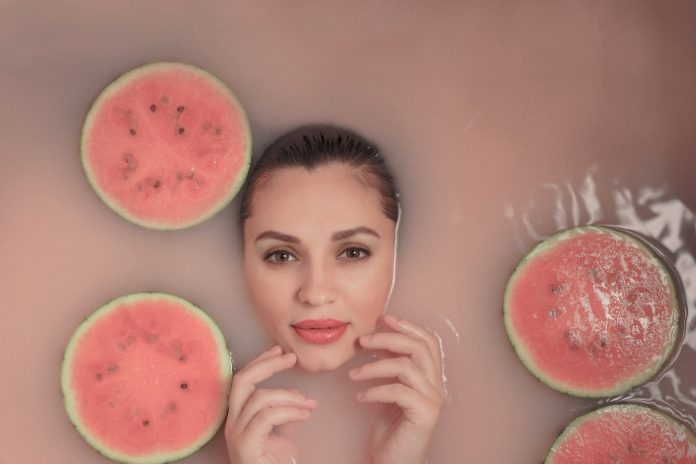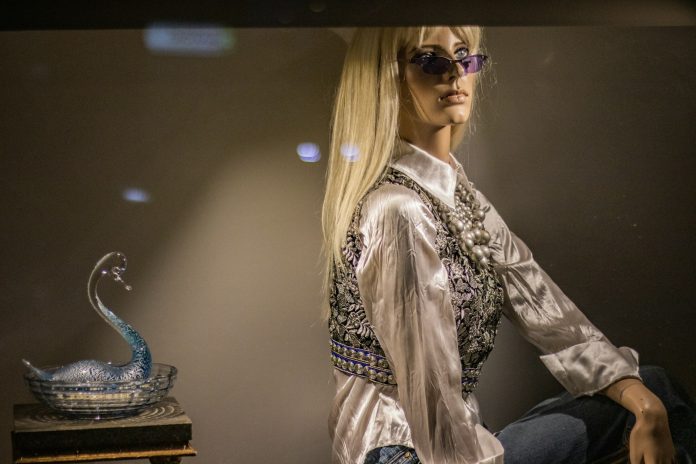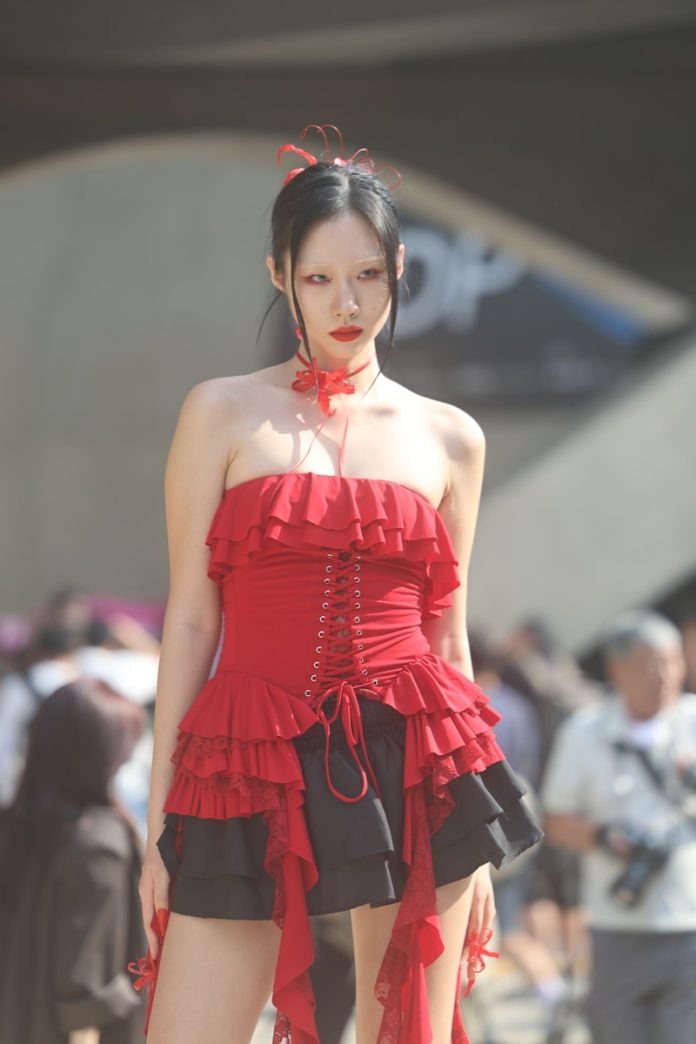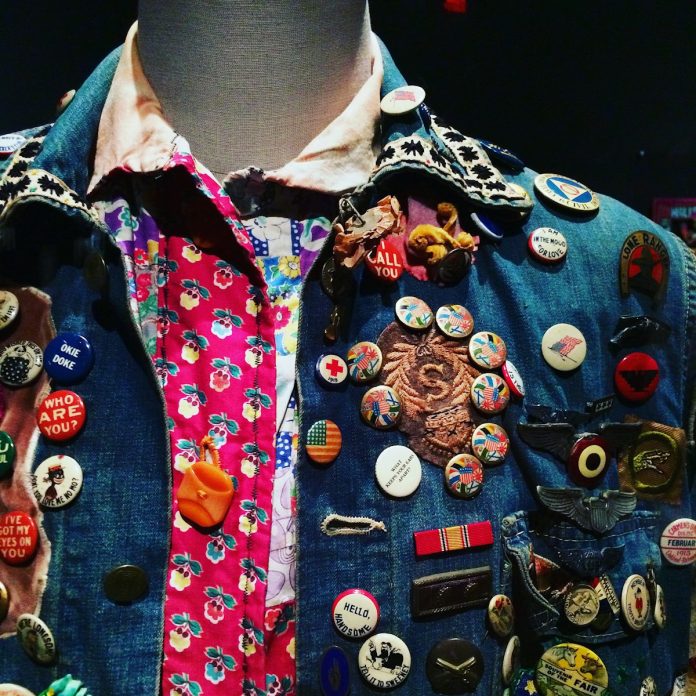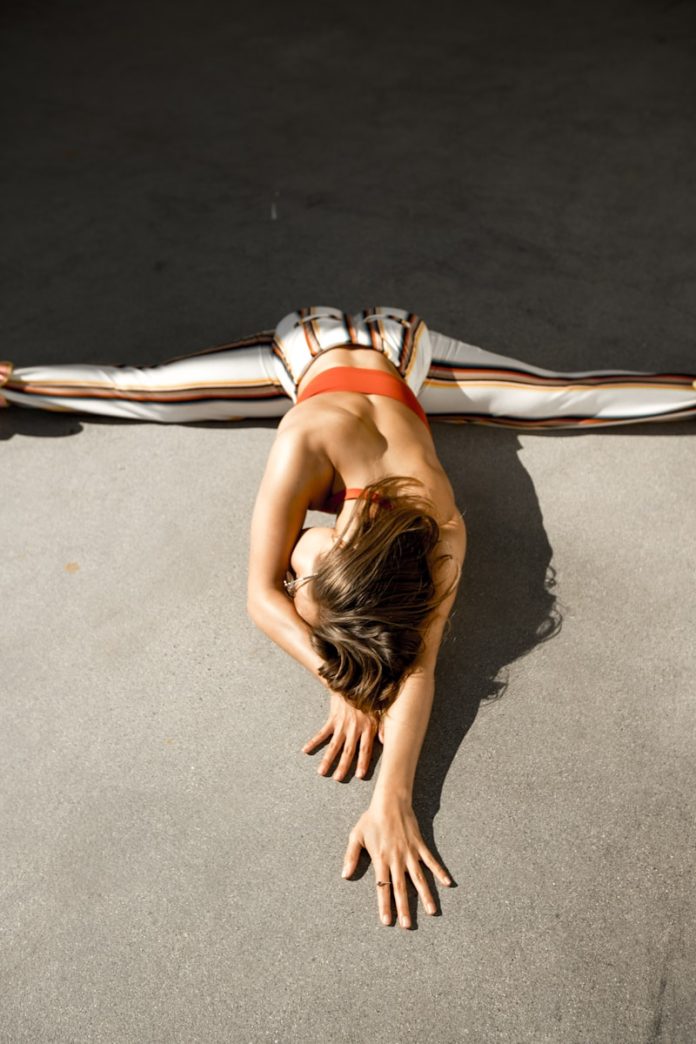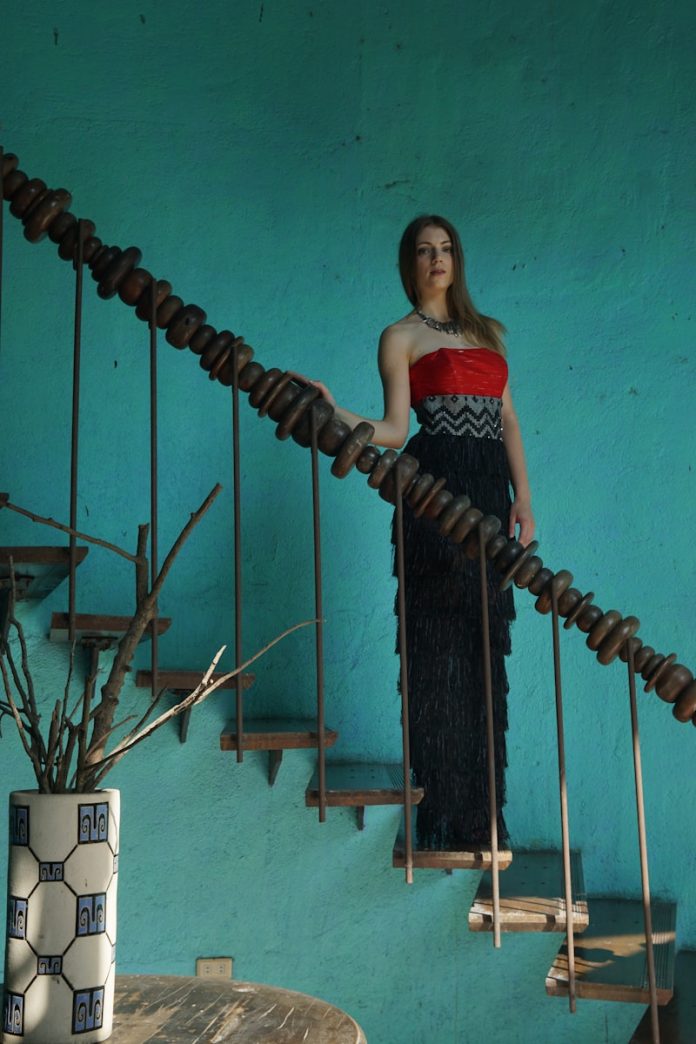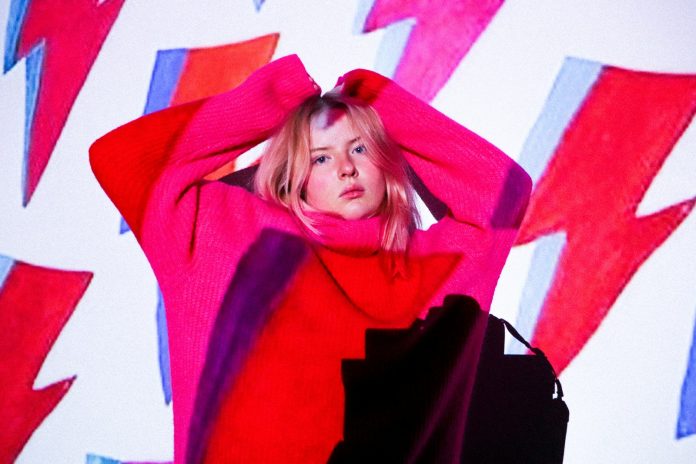In a world obsessed with filters, retouching, and high-definition scrutiny, the movement toward dewy skin is more than a trend—it’s a quiet rebellion. It represents a radical act of softness, a celebration of health over perfection, and a redefinition of what it means to look beautiful.
But dewy skin isn’t just about beauty products. It’s a lifestyle. A philosophy. An aesthetic of gentleness in a world that demands sharp edges. At its core, this glowing, hydrated look isn’t about shimmer—it’s about radiating from within.
The Historical Arc: From Matte to Moisture
For decades, matte skin dominated beauty ideals. The 1990s and early 2000s gave us powder-heavy finishes, oil-free formulas, and a near-obsessive fear of shine. Gloss was reserved for lips; the face was to be controlled. Shine, then, was equated with imperfection—sweat, oil, or an unkempt appearance.
But everything changed in the mid-2010s. South Korea’s skincare-first beauty philosophy surged into global popularity, dragging with it the dewy look—referred to locally as “glass skin.” This wasn’t about piling on highlighter but achieving such healthy, supple skin that it reflected light naturally. Suddenly, moisture wasn’t the enemy. It was the goal.
Western beauty brands followed suit. Highlighters evolved from glitter bombs to balmy luminizers. Foundations got glowier. Moisturizers began to promise radiance rather than simply hydration. Dewy skin had gone from fringe to fundamental.
Why Dewy Skin Resonates Today
So, why now? Why does dewy skin speak so loudly in this cultural moment?
One word: authenticity.
In an era where social media is a mix of curated fantasy and performative wellness, people are craving something real. The dewy look suggests vitality. It signals sleep, hydration, peace of mind—even if none of those things are present. More than that, it suggests a kind of emotional transparency. Skin that glows softly says, I take care of myself. I’m not hiding.
Compare this to the harsh contours of a Kardashian-era face beat. That was armor. Precision. Control. Dewy skin, by contrast, is soft power. It doesn’t scream. It radiates.
From Skincare to Self-Care
What makes the dewy skin aesthetic so powerful is its overlap with wellness culture. The glow is no longer just skin-deep—it’s become symbolic of a well-tended life.
People are no longer buying products for the quick fix. They want rituals. They want experiences. A hydrating toner becomes a moment of mindfulness. A face massage is both sculpting and soothing. These routines are not just about beauty—they’re acts of reclaiming control, slowing down, and reconnecting with the self.
Moreover, dewy skin is democratic. It’s less about makeup mastery and more about consistent care. You don’t need the steadiest eyeliner hand—you need patience, water, sleep, and maybe a really good moisturizer.
In that way, the glow becomes a kind of personal protest against hustle culture. It’s a way of saying, “I choose rest. I choose nourishment. I choose to be soft in a world that wants me to be hard.”
The Rituals That Shape the Glow
Of course, there’s still science—and art—to achieving that lit-from-within glow. The skincare industry has exploded with ingredients aimed at increasing luminosity naturally. Hyaluronic acid for hydration. Niacinamide for barrier repair. Squalane, peptides, ceramides. These aren’t just buzzwords—they’re building blocks.
But it’s the layering that creates the magic. Dew isn’t a single step—it’s a symphony. From cleansing oils that melt makeup while moisturizing, to essences that prep the skin, to serums that drench cells in nourishment, every product contributes to the final glow.
And then there’s makeup—not to hide, but to amplify. Skin tints that let real skin shine through. Cream blushes that melt into cheeks. Highlighters that look like light rather than glitter. All working in harmony with the base, not against it.
This is where beauty intersects with craft. Creating a dewy look is less about covering flaws and more about emphasizing wholeness.
Glow Across Generations and Genders
Unlike the contour-and-bake aesthetic, which was often gendered and age-specific, dewy skin has a universal appeal.
It fits the Gen Z ethos of authenticity and fluidity. It aligns with Millennials’ love of wellness and ritual. Even Boomers have embraced the glow, especially as more beauty brands create skin-forward products that celebrate aging skin rather than masking it.
And gender? Irrelevant. Everyone glows. More men are investing in skincare, embracing a less-is-more approach that focuses on healthy radiance rather than camouflage. In this world, a moisturized face is a flex.
Social Media and the Myth of the Effortless Glow
Of course, even a natural look can be manufactured. Social media is filled with influencers boasting “no-makeup makeup” looks that require 15 products. The dewy aesthetic, though marketed as effortless, often involves effort, lighting, filters, and a solid budget.
But here’s where the dewy trend maintains its integrity: at its best, it’s not about mimicking someone else’s glow—it’s about maximizing your own. It invites experimentation, personalization, and the possibility that skincare can be both effective and joyful.
And in a world where burnout is common, what could be more radical than treating your skin—and yourself—with love?
The Inner Glow: Beyond Skin
Ultimately, the dewy look resonates because it’s metaphorical. It’s not just about skin. It’s about presence. Energy. A kind of joyful self-possession that comes from being well—not perfect, just well.
A person who glows is someone who is aligned with themselves. Who rests. Who drinks water. Who walks in the sun and protects their peace. That’s why we say people glow when they’re in love, after a vacation, or when they’re doing something they’re passionate about.
Dewy skin becomes a symbol for the life we’re striving toward: balanced, nourished, full of light.

